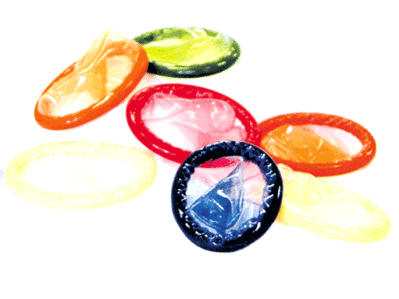
Reducing the risk of HIV in drug users in Washington is an achievable goal. To prevent the spread of HIV, drug users must reduce or eliminate those behaviors that place them and others at risk [19]. For IDUs who cannot or will not stop injecting drugs, using sterile needles and syringes only once remains the safest, most effective approach for limiting HIV transmission [20].
The NIDA came up with a comprehensive HIV/AIDS prevention approach for drug users includes three complimentary approaches: 1. Community based outreach 2. Drug abuse treatment 3. Sterile syringe access programs. Each of these includes HIV testing and counseling [21].
1. Community-based outreach: it is an effective approach for contacting drug users in their local neighborhoods to provide them with the means to change their risky drug and sex related behaviors. This approach relies on outreach workers who typically reside in the local community and are familiar with its drug use subculture. As a result, they are in a unique position to educate and influence their peers to stop using drugs and reduce their risks for HIV. Outreach workers distribute HIV/AIDS educational information; bleach kits for disinfecting injection equipment when sterile equipment is not available, and condoms for safer sex. They also provide drug users with referrals for drug treatment, syringe access and exchange programs, and HIV testing and counseling [22].
2. Drug abuse treatment: Drug users who enter and continue in treatment are more likely than those who remain out of treatment to reduce risky activities, such as sharing needles and injection equipment or engaging in unprotected sex. Drug abuse treatment can be conducted in a variety of settings (inpatient, outpatient, residential) and often involves carious approaches including behavioral therapy, medications, or both. The best treatment programs offer their clients HIV testing and counseling and referral to other services [23].
3. Sterile syringe access programs: complement community-based outreach and drug abuse treatment by providing drug users who will not or cannot seek treatment, or who are in treatment but continue to inject drugs, with access to sterile syringes and other syringes These programs help remove potentially contaminated needles from circulation. They also serve as a bridge to active and out-of-treatment drug users by providing them with HIV/AIDS information and materials (bleach kits and condoms) to reduce their risks, by offering opportunities for HIV testing and counseling, and by providing referrals for drug abuse treatment and other social services. Hence, it is important that drug abuse treatment and other services are available and accessible to drug users referred by sterile syringe access programs [24]. [36]
[36]
HIV testing and counseling services are an important part of comprehensive HIV prevention programs. These services are most effective when ranges of anonymous and confidential testing options are available in diverse, accessible settings (mobile clinics) and at nontraditional times. The most current, rapid testing technologies can be especially useful. These allow drug users to learn their test results as soon as they are available plan a course of action to stop using drugs and reduce their risk of transmitting HIV to others, and get a referral to appropriate drug abuse treatment and other health services [25].